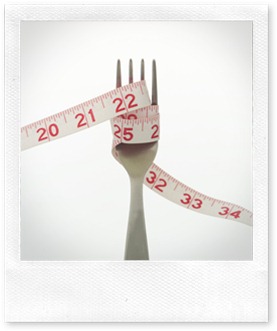Introduction to the Atkins Diet
 Dr. Robert C. Atkins created the Atkins diet back in the 1970s as a revolutionary weight loss diet. The basic premise of the diet is to maintain a low intake of carbohydrates. This in turn will allow the body to switch from using glucose as its primary energy source to using body fat instead. (This process is common to most low carb diets that are designed for weight loss.)
Dr. Robert C. Atkins created the Atkins diet back in the 1970s as a revolutionary weight loss diet. The basic premise of the diet is to maintain a low intake of carbohydrates. This in turn will allow the body to switch from using glucose as its primary energy source to using body fat instead. (This process is common to most low carb diets that are designed for weight loss.)
The Atkins diet involves 4 phases and is designed to promote losing weight and keeping your weight low through a lifetime of low carb eating. Phase 1 is called the Induction phase and is the hardest part of the diet. It usually lasts for only 2 weeks but requires you to eat very few carbs a day (20g of carbohydrates, not including fiber and sugar alcohols). Not only is the amount of carbohydrates controlled heavily during the induction phase but what foods you can eat is also limited. A list of permitted foods is here. You can lose a lot of weight during this induction phase if you stick to the diet strictly.
Once the 2 week induction is over, you can gradually add more and more carbs into your diet. Phase 2 is called the Ongoing Weight Loss phase. Some nuts, berries and yoghurt is permitted on the diet, and you need to keep your net carb intake (net carb intake = total carb intake – fiber – sugar alcohols) to around 25-40g per day. This should last until you’re fairly close to your goal weight. Phase 3 is the Pre-Maintenance phase and allows around 50-70 net carbs daily. Fruits, legumes and some bread and grains are also permitted now. This is where most of that last bit of weight is lost. The last phase is phase 4, which is called Lifetime Maintenance. This phase is not designed to end at any time during your life. You can eat 75+g of carbs daily (including nuts, berries, yoghurt, fruits, and certain breads and grains).
I tried the induction diet for 2 weeks. Read more about my experience on the Atkins Induction diet here.